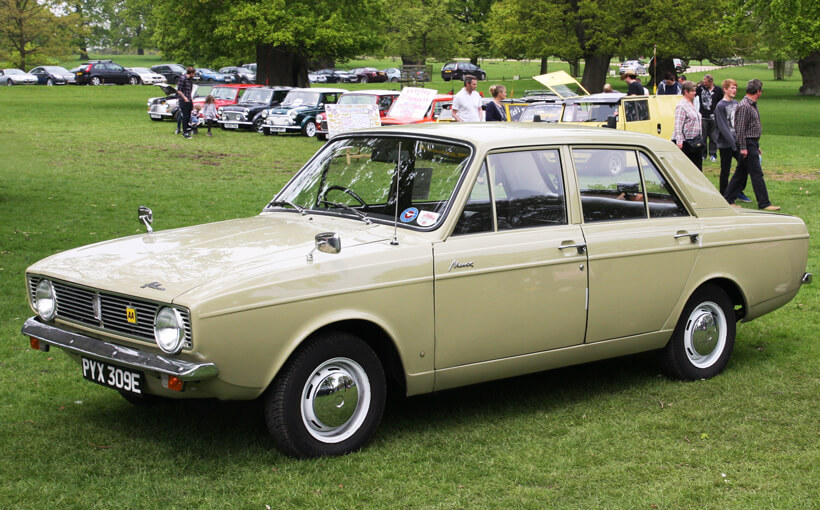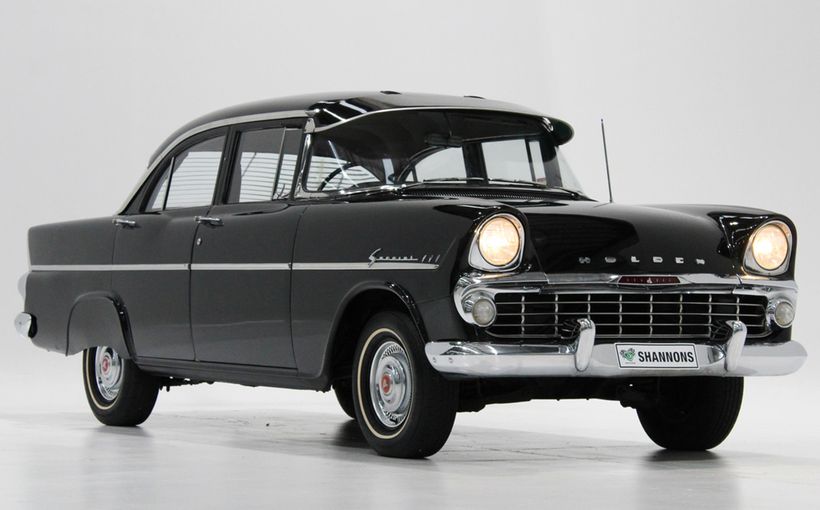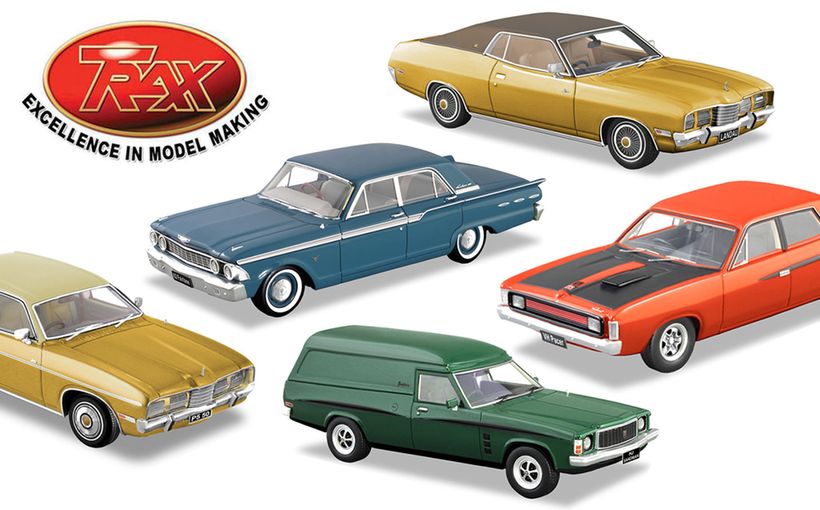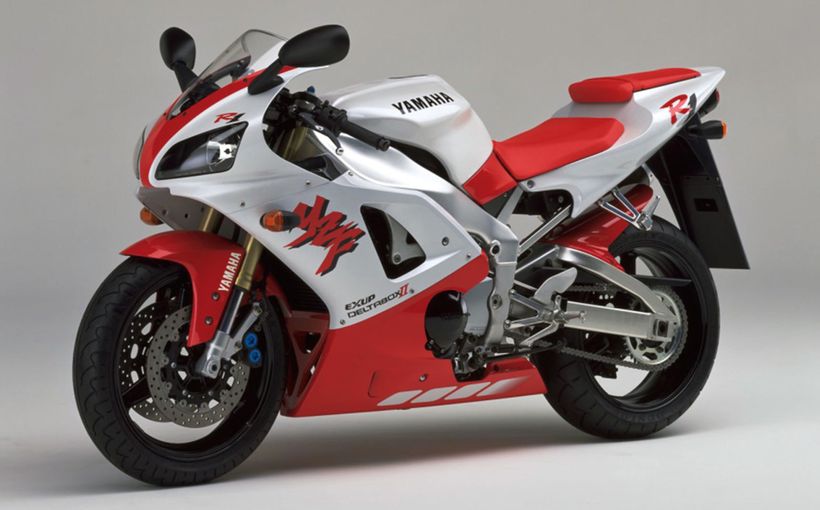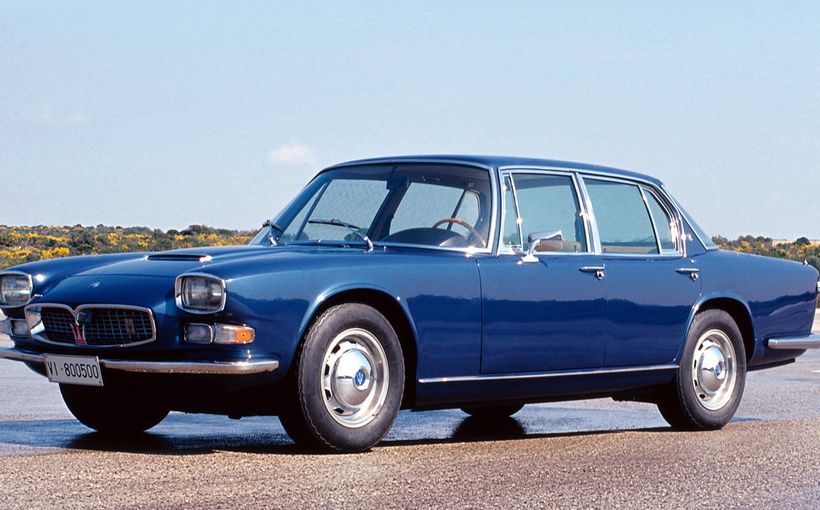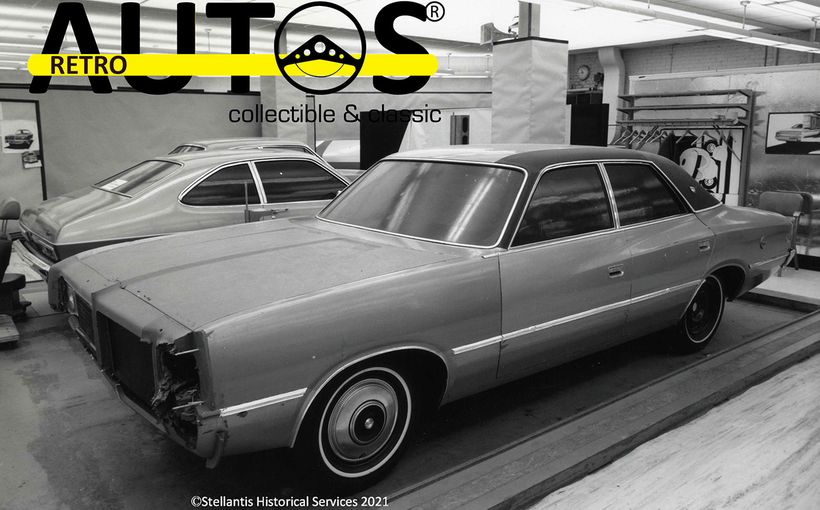Hillman Hunter: Hustling against the (Japanese) odds

When Chrysler completed its takeover of the Rootes Group in 1967, it naturally acquired the Port Melbourne factory where Hillman Minxes, Singer Gazelles and Humber Vogues, among other Rootes product, had been assembled from CKD kits since the 1950s. But Australian management refused (for reasons of delicacy) Chrysler's edict from Detroit to display the new company name Chrysler Rootes Australia on the factory.
That same year the new (HB) Hillman Hunter, which had been launched in October 1966 in the UK went into local production. At first there were just two variants, the entry level Arrow, spare of trim and with a bench front seat, and the mainstream Hunter, which pretty much replaced the old Hillman Super Minx.

The local lineup was well tailored to specific Australian needs. For example, the decision was taken only to use the 1725cc engine, not the smaller unit used in the cheaper home market versions.
The codename for these new cars, wholly designed by Rootes, was Arrow, and Chrysler Australia management obviously fancied it for the entry point variant. As for ‘Hunter’, that name had been used from 1954 to 1956 on the Singer SM1500, but 11 years down the bitumen few Australians would have recalled that dowdy car.

The final decision to go with the Arrow program was taken in 1963, after half-hearted consideration of a rear-engined car as a bigger sibling to the immediately unsuccessful Imp.
This new range – sedan, wagon and fastback – was to replace every existing Minx, Super Minx, Vogue, Rapier and Sceptre model. It used MacPherson strut suspension and the engine was canted offside to allow a lower bonnet line: perhaps Rootes’ engineers followed the Valiant’s example here?
That old British penchant for badge-engineering had made its way to Australia, an early example being the Singer Gazelle – one of which competed in the inaugural (1960) Armstrong 500 at Phillip Island. This was a Minx (by another name) with twin carburettors and a wooden dashboard. The Gazelle was a neat enough little sports sedan when introduced in 1957. The Gazelle name was later reintroduced for a hotter version of the Hillman Minx, this time around (1967) as the Hillman flagship.
(It's worth mentioning the other Rootes brands and how these were badge-engineered in Australia. The name Singer disappeared forever in Britain in but slipped off the Australian market when the 1950s Gazelle was dropped. British customers could specify a Singer Vogue as an up-spec Minx, but a similar version of this car was sold in Oz as the Humber Vogue and, later, the Vogue Sport. The flagship Minx-derived sedan in the UK was the rakish Humber Sceptre with chopped roof but that was never sold here and some of us reckoned that was a pity. Clever, too, was the 1962 Hillman Australian De Luxe with lavish timber trim and a great value asking price. The Hunter took over from this lot and we never saw Sunbeams or Humbers – the aged Super Snipe vanishing as the Hunter arrived.)

The Hillman Hunter competed directly both in the UK and Australia with the Mark II Cortina. Because it was about 150kg lighter than the old Minx, the basic design of which dated back more than a decade by the time the Hunter arrived to replace it, the new Hillman was quite brisk, although, frankly, no-one expected it to win the 1968 London to Sydney Rally (except, just maybe, Andrew Cowan).

In its September 1968 edition, Modern Motor tested a Hunter Safari wagon. While recognising that it filled a niche as an affordable smaller alternative to a Holden, Falcon or Valiant wagon, the tester complained about the car's 'busy' suspension and poor finish:
Hillmans of old may not have been engineered with inspiration, but they were certainly finished with care and attention. Old Hillman owners will be disappointed with the quality of this car's interior.
Be that as it may, the Hunter Safari will be bought by many people simply because it offers what has been hard to get in the past – a well-priced, reasonably capacious station wagon. we applaud Chrysler for that, and hope that they'll pay more attention to the car's finish and interior appointments in the future.
In 1969 the Hunter GT, a car surprisingly – perhaps unsurprisingly – closely modelled on the Mark II Cortina GT was introduced. The home market car, known initially as just the ‘Hillman GT’, was basically a stripper rather than the plushly specified and sound-deadened Aussie GT.
The Hunter had received a minor facelift in November 1968 and these HC Hunters used the new British grille and rectangular headlights. Chrysler Australia added a Safari wagon, the sub-brand chosen to emphasise the link with the local Valiant Safari wagon. (The fact that Citroen's Diesse wagons had been called Safari and that Pontiac also used the name for some of its wagons apparently fazed nobody.)
With the release of the HC, the Arrow name was dropped and the base car became the Hunter, while the Hunter was renamed Hunter Royal.
They were difficult days when it came to comprehensive insurance. The leading underwriters took strong exception to cars with badges such as 'GT', 'GTS' and 'SS'. This dislike ran hand in hand with what subsequently became known as Australia's supercar era.

Chrysler Australia's marketing people used some lateral thinking. In 1970, with the HE range, they dropped the Hunter GT, replacing it were two new, mechanically similar variants. Available only in vibrant colours and with matt black highlights and garish decals was the sharply priced Hustler. Except for its decor, the formula was cutprice sports sedan, similar to the British Hillman GT. The premium UK variant of the Hunter was the Humber Sceptre Mark III with 87 brake horsepower, Laycock De Normanville overdrive and, as the Boys Own Annuals might have said, lashings of wood veneer. There was even a wagon variant from October 1974 with a built-in roof rack.

So, think of our Hustler as being at the opposite end of the Hunter spectrum from the Hunter Royal 660!
As Modern Motor reported in its February 1971 edition:
Without carpet and copious sound-proofing, which was a Rootes heritage for the original [Hunter] GT, the Hustler is harder on the ears inside.
The really clever angle was that the Hustler looked for all the world like a smaller version of the Hemi Pacer and, like that car, it made few concessions to either understatement or refinement. The car tested by Modern Motor was painted Hemi Orange

Those who wanted effective sound-deadening, preferred to be less vulnerable to police pursuits and who might have even liked a walnut fascia and Regal 770 ‘Buffalo grain’ vinyl upholstery, could buy the flagship Royal 660, the outgoing GT by another name. It even acquired a set of smart Rostyle wheels, to keep pace with the Triumph 2.5 Pi. A Valiant steering wheel was used on all Hunters and switchgear was increasingly shared.

No question, the Hustler was a performance sedan bargain, but arriving three years after the awesome Datsun 1600, it was surely a case of not quite enough, too late. Priced at $2378 at the end of 1970, it was $260 cheaper than the GT. But hindsight shows its own successor sneaking up unawares: the Japanese were coming, ready or not! The Mitsubishi Colt Galant 1300 (as the Galant was known in 1970) was $38 cheaper, much better equipped, and faster. The Hustler took 12.5 seconds to reach 60 miles per hour on its way to a maximum of 96; the Galant took 11.8 and could do 97.
The Australian automotive market was changing rapidly. In their different ways, the HQ Holden, Valiant Charger and XA Falcon moved the game on. New Japanese cars such as the Datsun 1600, Mazda 1500 and Mitsubishi Colt Galant offered much more equipment, more performance (in some cases), far superior finish and much better value than UK-sourced offering including the Cortina, Hunter and BMC's overly mechanically complex front-wheel drive range.

Chrysler’s involvement in the changing face of the local industry was extensive. When the corporation bought Simca, Arondes and Vedettes were made in Tonsley Park. (The last true Simca was the car sold here as the Chrysler Centura.) Then Chrysler acquired the Rootes Group and built Hunters in Port Melbourne. When it bought a stake in Mitsubishi, the Galant replaced the Hunter.
Then, of course, in the ultimate reversal of fortunes, Mitsubishi gained control of Chrysler Australia and replaced the Valiant first with the Sigma, then the Magna and, finally, the short-lived 380.

The Arrow cars were produced in the UK right through to 1977 (lingering in the market until the end of the decade), but Chrysler Australia could see the local future was Japanese and dropped the Hunter in favour of the Mitsubishi Galant before the end of 1972. The last Australian Hunter was built in November but it took at least a year to clear stocks.
In summary, there wasn’t too much wrong with the Hunter, unless being unrelievedly conventional is deemed a failing, but the automotive world was moving so rapidly that the car was pretty much outmoded in half a decade. The Royal 660, which is now rare, was the most desirable of all the Australian Hunters and, of course, the Hunter sub-brand gained unexpected allure from Andrew Cowan’s famous victory.


